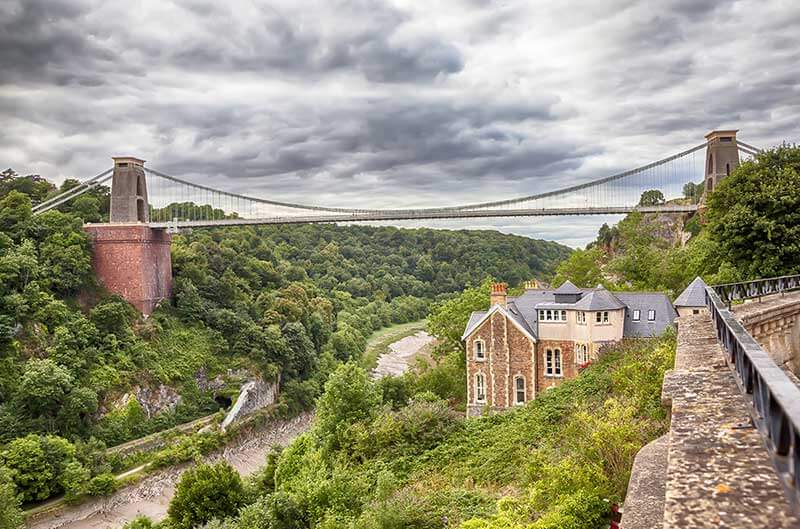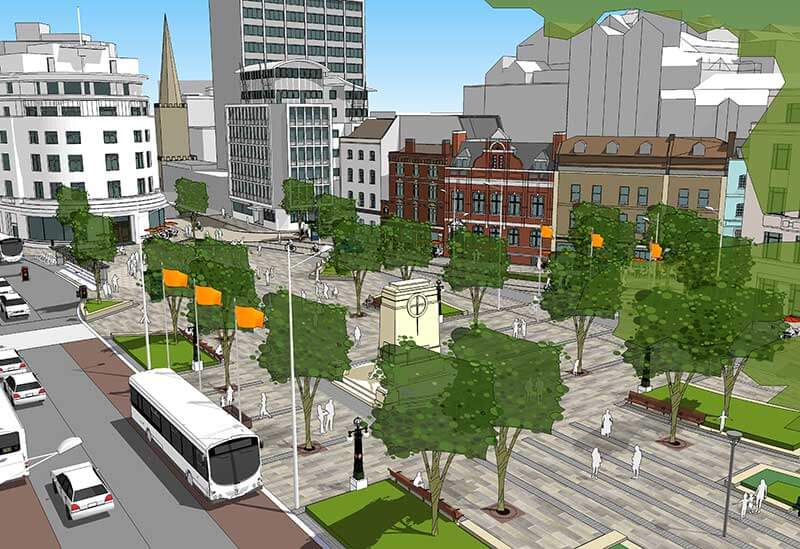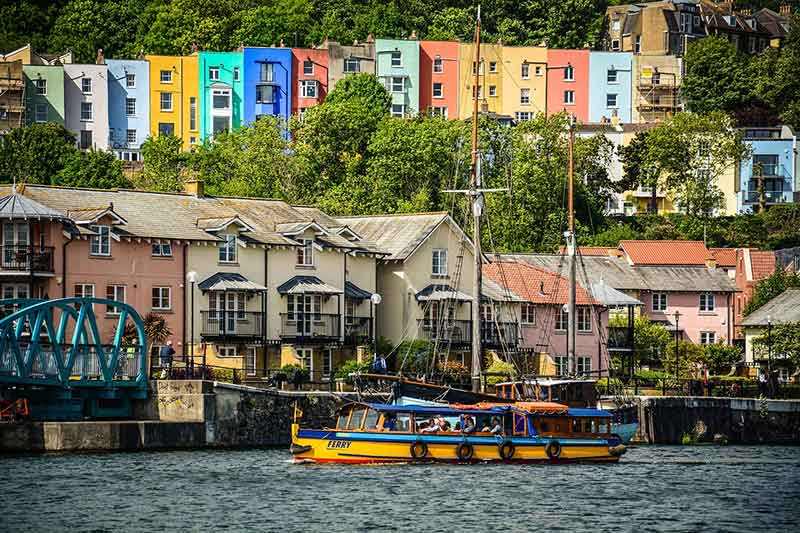Moving to Bristol: An Introduction

Bristol is many things. A thriving hub of social and cultural activity. A place with a strong, creative and fiercely independent mindset. And a city with a buzzing music scene, great restaurants and interesting business ventures. With all the above, it’s really not surprising that Bristol is consistently named as one of the best places to live and work in the UK – but maybe we’ve mentioned that before.
After the city was decimated in the German bombing raids, the rush for post-war reconstruction saw the city dominated by the brutalist architecture characterised by the 1960’s and 1970’s that served only to sustain the city’s short-term need for practical accommodation and business premises.
But the extensive programme of regeneration and rejuvenation implemented over the last decade has restored many of Bristol’s Grade I and Grade II listed buildings and transformed the city into the modern, vivacious, cosmopolitan and forward-thinking location that is attracting professionals, students and investors in their droves.
If you’re thinking of moving to Bristol, or have already made the trek, there is plenty for you to discover for yourselves. However, we’ve put together some basics that’ll hopefully make it a bit easier to introduce yourself to the best city in the South West.
Getting around Bristol
Commuting into the centre of Bristol during the morning rush-hour used to be a daunting experience, with the roads heavily congested and compounded by a frustrating one-way system. But a number of road improvements along the M32 – the main spur that brings traffic directly into that city centre – have gone some way to alleviate the problem. That said, despite the slightly reduced levels of congestion, you may be better off avoiding driving altogether and take advantage of the Park & Ride schemes which operate from Portway, Bath Road and Long Ashton.
Alternatively, you could take the train. Bristol is served by two main stations – Temple Meads and Parkway, neither of which are particularly central. Both stations have frequent services to many of the same locations, but Parkway is principally aimed at suburban routes and is located approximately 3 miles from the city, linked via a regular bus service to Marlborough Street bus station in the city centre.
And this is where all local and regional bus services terminate – a place that may become very familiar if you are planning to make a night of it, with the NightFlyer running and all-night services along eight routes every Friday and Saturday.
For the health conscious, Bristol is one of the prominent cycling cities in the UK with a number of urban cycling routes throughout the city and beyond.

Eating, drinking and shopping in Bristol
Bristol has a lot to offer and a huge choice of bars, restaurants and shops. And regardless of which part of the city your office is based, you are always within walking distance of a good choice of somewhere to grab a quick lunch or enjoy a swift half.
Eating out is an agony of choice for gastronomes – the city is awash with places to eat, from traditional greasy spoons to fine dining emporiums. And where the restaurants are located, the city’s nightlife inevitably follows.
Bristol offers quality night life, the main reason being it’s 30,000 strong student population. However, it’s relatively expensive with entertainment prices similar to those in London. Mainstream nightlife centres on King and Corn Streets in the ‘old city’, whilst the Harbourside and Whiteladies Road areas are dominated by chain bars and get extremely busy at weekends.
The eastern end of King Street provides a slightly more relaxed, but popular, outdoor drinking area on sunny summer evenings surrounded by the old mercantile historic pubs such as the 17th century Llandoger Trow.
And as for shopping, there are few places that can oust Bristol as one of the best shopping cities in the UK.
Cabot Circus is the new kid on the block and is an architecturally impressive, large and mostly under-cover shopping centre, containing over 120 shops including House of Fraser, Harvey Nichols, Apple, and Cinema Du Lux.
If you are looking for a bargain there are also a number of markets around the city, most notably St Nicholas Market. Aside from the usual jewellery, books and CD stalls that typify these types of markets, St Nicholas’ real appeal is the excellent choice of international cuisine that is freshly cooked and served whilst you wait.
And about a mile away lies Clifton village – the slightly trendier area of Bristol – on the hilltop to the west of the centre, with its collection of expensive boutique style shops, cafes and restaurants.
Main residential areas
The development of Bristol’s Harbourside has been a major success story in the city’s history. The Harbourside is a popular residential area, offering new housing, waterfront apartments, luxury developments and attractive townhouses. This is a particularly desirable place to live in Bristol, being close to the city centre and offering pleasant views overlooking Bristol’s floating harbour.

Bristol Harbourside
Another sought after area to live in Bristol is the village of Clifton, to the north-west of the city. Within walking distance of Bristol University and close to good shops and restaurants, it is a popular district for both student accommodation and family living. It lies two miles from the city centre and a quarter of a mile from The Downs. Both detached houses and semi-detached houses can be found here, as well as flat conversions in traditional buildings. The area also contains some modern apartment blocks, maisonettes and luxury apartments.
Neighbouring Cliftonwood and Redland are areas with both traditional housing and modern townhouse developments. The residential areas of Westbury Park and Stoke Bishop offer a range of styles of houses and flats, and large family houses can also be found in the suburb of Westbury-on-Trym.
For more information on Bristol, read our guides:
- 10 Reasons to Move to Bristol
- 5 Questions to Ask Yourself Before Moving to Bristol
- Where to live in Bristol
- Our guide to the best schools in Bristol
- What to do in Bristol
- Removals in Bristol
